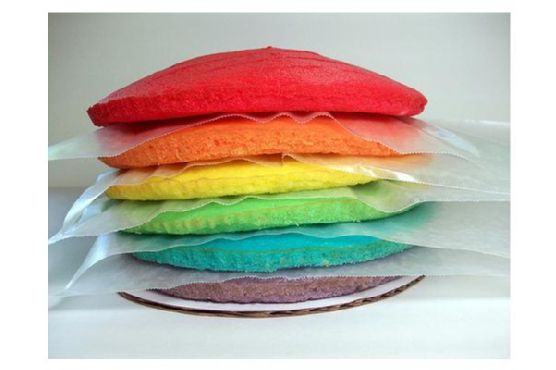Your Windows 10 PC isn't dead yet - this OS from Google can revive it - ZDNET | Analysis by Brian Moineau
Reviving the Undead: How ChromeOS Flex Resurrects Your Windows 10 PC
In the ever-evolving landscape of technology, there's a certain thrill in watching the old become new again. This week, ZDNET's article on Google's ChromeOS Flex shows us just how possible it is to breathe new life into aging Windows 10 PCs. As Microsoft nudges its loyal users toward Windows 11, many are left wondering what to do with their trusty old machines. Enter ChromeOS Flex, Google's ingenious solution that promises to extend the lifespan of your outdated hardware.
For those who aren't ready to say goodbye to their Windows 10 PCs, this might sound like a plot twist worthy of a sci-fi movie. But it's very much a reality. Google has designed ChromeOS Flex to be a lean, cloud-centric operating system that can operate on older hardware. It's a move that not only showcases Google's commitment to sustainability but also reflects a broader trend in the tech industry: making the most out of what we already have.
The Green Revolution in Tech
ChromeOS Flex's arrival is timely, aligning with a more significant movement towards sustainability in technology. The electronic waste problem is a growing concern, with millions of tons of e-waste being generated each year. According to the Global E-waste Monitor, the world generated a staggering 53.6 million metric tons of e-waste in 2019 alone. By extending the life of existing devices, Google is not only helping users but also contributing to reducing e-waste.
This initiative resonates with other efforts seen across the tech world. Companies like Apple have been making strides in using recycled materials in their products, while others like Dell are exploring closed-loop recycling systems. The message is clear: sustainability isn't just a buzzword; it's an imperative.
A New Era of Interoperability
Beyond environmental considerations, ChromeOS Flex highlights a growing trend of interoperability. Remember when ecosystems were walled gardens, with Apple users sticking to Apple, and Windows users loyal to Microsoft? Those days are dwindling. Today, technology is about seamless integration, with users demanding that their devices and software work together regardless of the brand.
ChromeOS Flex is a testament to this shift. By offering a Google OS that can revive a Microsoft machine, it promotes a more fluid digital experience. This echoes a broader cultural shift towards collaboration over competition, a theme that's becoming increasingly prevalent in other areas like politics, business, and social movements.
The Global Impact
On a global scale, the implications of adopting systems like ChromeOS Flex are significant. In developing regions where access to new technology may be limited due to cost, being able to refurbish and rejuvenate older PCs can bridge the digital divide. It provides educational institutions and non-profits with a viable option to offer tech resources without the hefty price tag of new equipment. This democratization of technology ensures that more people can participate in the digital economy, fostering innovation and economic growth in areas that need it most.
Final Thoughts
In the grand tapestry of technological progress, ChromeOS Flex is a vibrant patch. It's a reminder that innovation doesn't always mean creating something new; sometimes, it's about reimagining what we already have. As we move further into an era defined by connectivity and sustainability, solutions like these will become increasingly important.
So, the next time you look at your old Windows 10 PC gathering dust in the corner, remember that it might not be dead yet. With a little help from Google, it can rise again, ready to tackle the challenges of a digital world that values sustainability and inclusivity. In the end, perhaps it's not just about extending the life of a machine, but also about expanding the possibilities of what we can achieve together.
Read more about AI in Business




